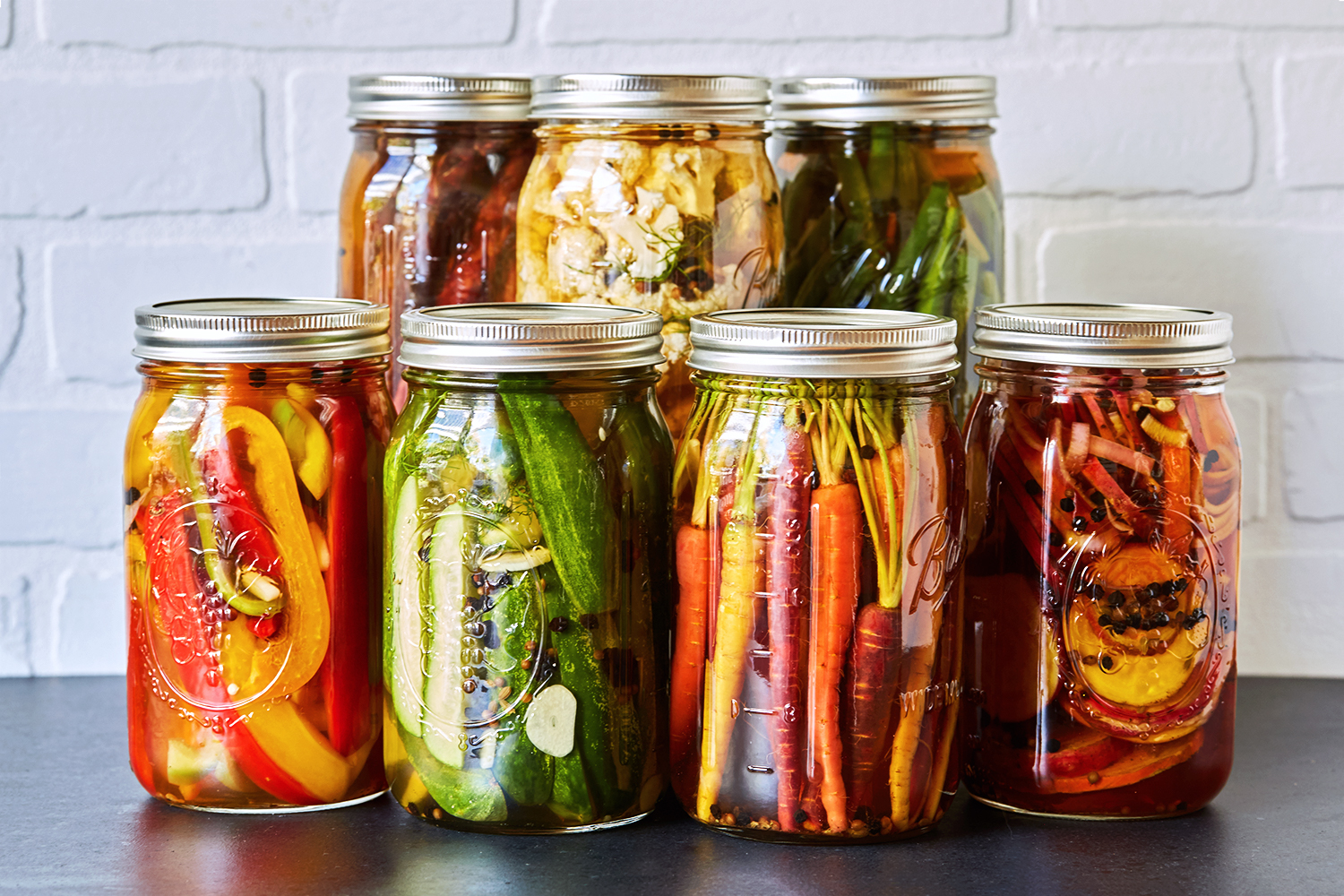OpenAI Unveils ChatGPT Canvas: A New Era for AI Interaction
Exploring the innovative features of ChatGPT Canvas
In an exciting development in the world of artificial intelligence, OpenAI has recently introduced a groundbreaking feature called ChatGPT Canvas. This new addition to their flagship chatbot is not just an upgrade; it’s a game-changer for users who engage in coding and writing tasks. With a massive funding round of $6.6 billion under its belt, OpenAI’s latest offering aims to enhance user experience by allowing real-time editing and modifications in a side-by-side layout. This feature is built on the impressive GPT-4o model, promising efficiency and ease of use.
A Closer Look at Canvas
ChatGPT Canvas allows users to visually interact with AI outputs by directly editing portions within the response, which opens up a myriad of possibilities for collaboration and creativity. Previously, users found the traditional top-to-bottom chat window somewhat limiting for more complex tasks involving revisions and comparisons. According to Daniel Levine, the product manager for Canvas, “The chat interface is a bit limiting, especially for projects where you want revisions or editing. There’s a lot of back and forth, and comparing changes is hard, so that’s where Canvas steps in.” This innovation is a response to the evolving needs of the AI user base, particularly those heavily engaged in writing or programming.
As an avid user of AI in my own projects, I can relate to the challenges posed by the traditional chat interface. I often found myself going back and forth, waiting for the chatbot to understand my requirements. With Canvas, the process feels more streamlined and efficient; it essentially eliminates the need to formulate new prompts for every small change.
Editing Python code with ease using AI tools
Direct Competition with Claude’s Artifacts
It’s hard to ignore the competitive landscape that ChatGPT Canvas is stepping into, especially with Claude’s Artifacts making waves since its debut in June 2024. The similarities between the two features are striking, particularly in their approach to enhancing user-friendliness when it comes to making changes based on prompts. The inclusion of a dedicated section for code execution and editing in the Canvas interface certainly indicates a strategic move to capture users from rival platforms.
The emergence of features like Canvas and Artifacts reflects a broader shift in AI application usage. Companies like Hyperwrite, Jasper, and JotBot already offer text-editing capabilities that integrate smoothly into their chat functionalities. As someone who frequently juggles between writing tasks and code debugging, I can see and appreciate the potential these features offer for improved workflow.
As collaborative work environments continue to evolve, tools like Canvas are not just useful; they are essential. “We do think collaborative work is an important part of the workplace,” Levine adds, highlighting the importance of adapting to a world that increasingly relies on teamwork and flexible communication.
The Future of AI Interaction
The introduction of ChatGPT Canvas is not merely a feature release; it signifies a critical point in the AI landscape. As more users demand collaborative and intuitive AI experiences, we can expect features like Canvas to become standard across various platforms. The fine line between coding and writing is blurring, and with tools that accommodate both, users will find themselves better equipped to tackle diverse projects.
I find it exciting to ponder where this technology could lead. Imagine drafting a complex article, tweaking data visualizations on the fly, or even programming while having an AI partner alongside, making suggestions and improvements in real time. The productivity boost alone is staggering; it could redefine how we approach tasks.
Innovative tools driving AI collaboration forward
As this technology continues to grow, we may not only see more sophisticated chatbots but also an increase in user engagement across platforms. Everyone—from beginners to seasoned experts—will benefit from tools that make creative work easier and more interactive.
Conclusion
With its new Canvas feature, OpenAI is setting a high standard in the AI chatbot market. Not only does it provide a crucial alternative to the workflow seen in Claude’s Artifacts, but it also opens up a broader discussion about the nature of AI in creative spaces.
For anyone looking to harness the power of AI for writing or coding, now is the time to re-evaluate how you utilize these tools. Embracing functionalities like those found in ChatGPT Canvas could very well be the key to unlocking your creative potential. As we continue to witness rapid advancements in AI, the possibilities are boundless. Let’s keep our eyes peeled for what’s next in this fascinating field!
Resources
- For more insights into OpenAI’s latest features, visit OpenAI.
- Explore Claude and its offerings by heading over to Anthropic.
- Looking for tools to enhance your writing? Check out Hyperwrite, Jasper, and JotBot.














